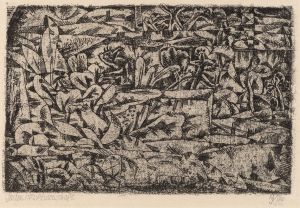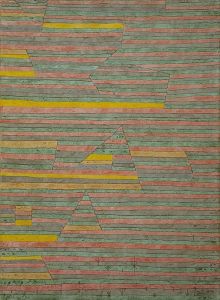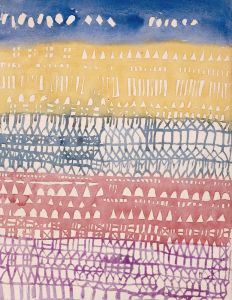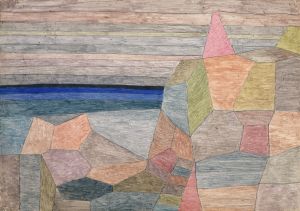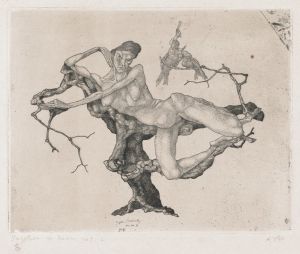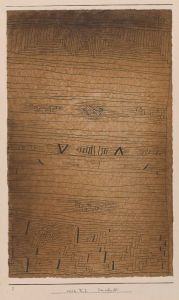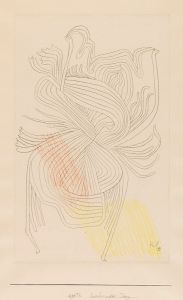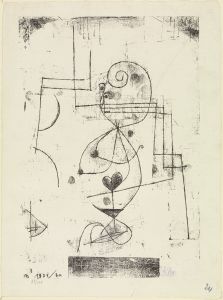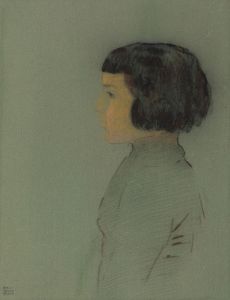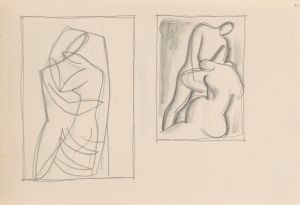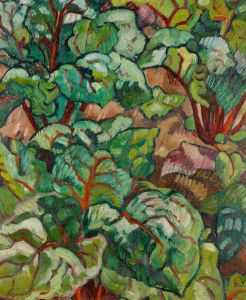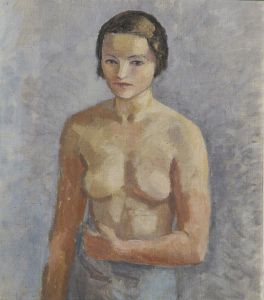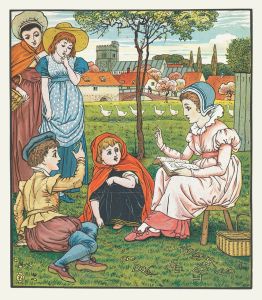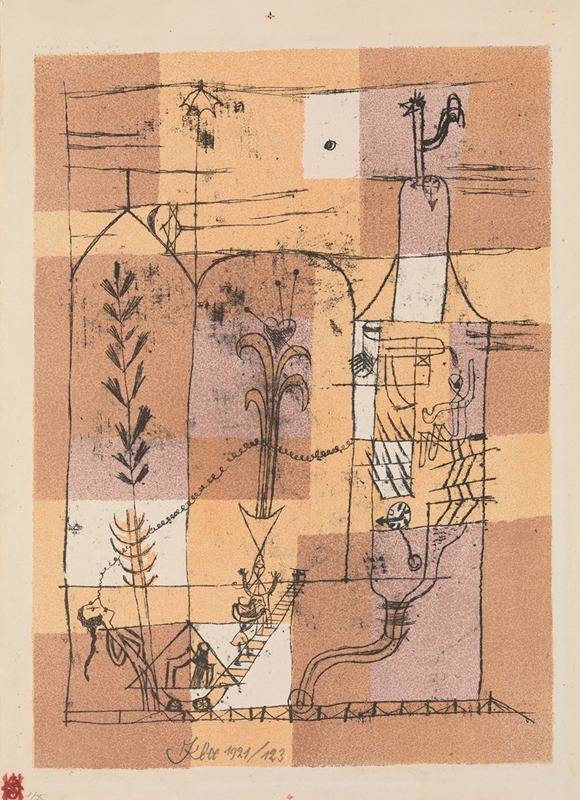
Hoffmannesque Scene
A hand-painted replica of Paul Klee’s masterpiece Hoffmannesque Scene, meticulously crafted by professional artists to capture the true essence of the original. Each piece is created with museum-quality canvas and rare mineral pigments, carefully painted by experienced artists with delicate brushstrokes and rich, layered colors to perfectly recreate the texture of the original artwork. Unlike machine-printed reproductions, this hand-painted version brings the painting to life, infused with the artist’s emotions and skill in every stroke. Whether for personal collection or home decoration, it instantly elevates the artistic atmosphere of any space.
Paul Klee's Hoffmannesque Scene is a painting created in 1921 by the Swiss-born German artist, who is widely regarded as one of the most influential figures in modern art. Klee's work is known for its unique blend of abstraction and figurative elements, often incorporating whimsical, dreamlike qualities. This particular painting reflects Klee's fascination with the fantastical and the surreal, drawing inspiration from the works of E.T.A. Hoffmann, a German Romantic author renowned for his imaginative and often eerie tales.
The title, Hoffmannesque Scene, directly references Hoffmann's influence, suggesting that the painting seeks to evoke the mysterious and otherworldly atmosphere characteristic of the writer's stories. Klee was deeply interested in literature, music, and theater, and Hoffmann's works, which often blurred the boundaries between reality and fantasy, resonated with his artistic vision. The painting captures this interplay, presenting a composition that is both enigmatic and evocative.
Created during Klee's tenure at the Bauhaus, a pioneering school of art, design, and architecture in Germany, Hoffmannesque Scene reflects the artist's exploration of color, form, and symbolism. Klee was a faculty member at the Bauhaus from 1921 to 1931, and this period marked a significant phase in his artistic development. His teaching and his own work during this time were heavily influenced by the Bauhaus's emphasis on combining fine art with craftsmanship and exploring the relationships between different artistic disciplines.
The painting itself employs Klee's characteristic use of geometric shapes, lines, and a muted yet expressive color palette. These elements come together to create a composition that invites viewers to interpret its meaning while maintaining an air of mystery. Klee's work often resists straightforward interpretation, and Hoffmannesque Scene is no exception, leaving much to the imagination of the viewer.
As with many of Klee's works, Hoffmannesque Scene demonstrates his ability to synthesize various influences and artistic traditions into a style that is distinctly his own. The painting is housed in a public or private collection, though specific details about its current location are not widely documented. It remains an important example of Klee's innovative approach to art and his ability to draw inspiration from literature and other cultural sources.





